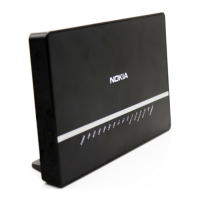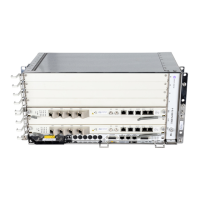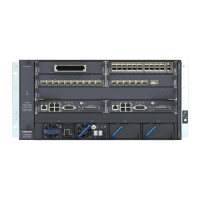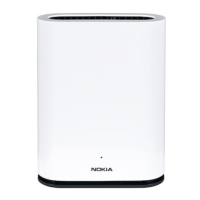Virtual Private LAN Service
236
FD 100/320Gbps NT and FX NT IHub Services Guide
3HH-11985-AAAA-TQZZA Issue: 13
Table 116 BGP parameters and SDP bindings in use example display:
PERs6
When only one of the endpoints has an entry for the service in the l2-routing-table, it
is most likely a problem with the RT values used for import and export. this would
most likely happen when different import and export RT values are configured using
a router policy or the route-target command.
Service specific commands continue to be available to display service specific
information, including status, as shown below:
PERs6# show service sdp-using
==================================================================
SDP Using
==================================================================
SvcId SdpId Type Far End Opr S* I.Label E.Label
------------------------------------------------------------------
100 17406:4294967295 BgpAd 1.1.1.134 Up 131063 131067
------------------------------------------------------------------
Number of SDPs : 1
==================================================================
* indicates that the corresponding row element may have been truncated.
BGP AD will advertise the VPLS-ID in the extended community attribute, VSI-ID in
the NLRI and the local PE id in the BGP next hop. At the receiving PE, the VPLS-ID
is compared against locally provisioned information to determine whether the two
PEs share a common VPLS. If it is found that they do, the BGP information is used
in the signaling phase.
5.13 BGP VPLS Configuration Example
This section gives a configuration example required to bring up BGP VPLS in the
VPLS PEs depicted in Figure 31.
PERs6>#
PERs6># show service l2-route-table
Services: L2 Route Information — Summary Service
Svc Id L2-Routes (RD-Prefix)
Sdp Bind Id
Next Hop Origin
100 65535:100-1.1.1.134
17406:4294967295
1.1.1.134 BGP-L2
No. of L2 Route Entries: 1
PERs6>#
(2 of 2)

